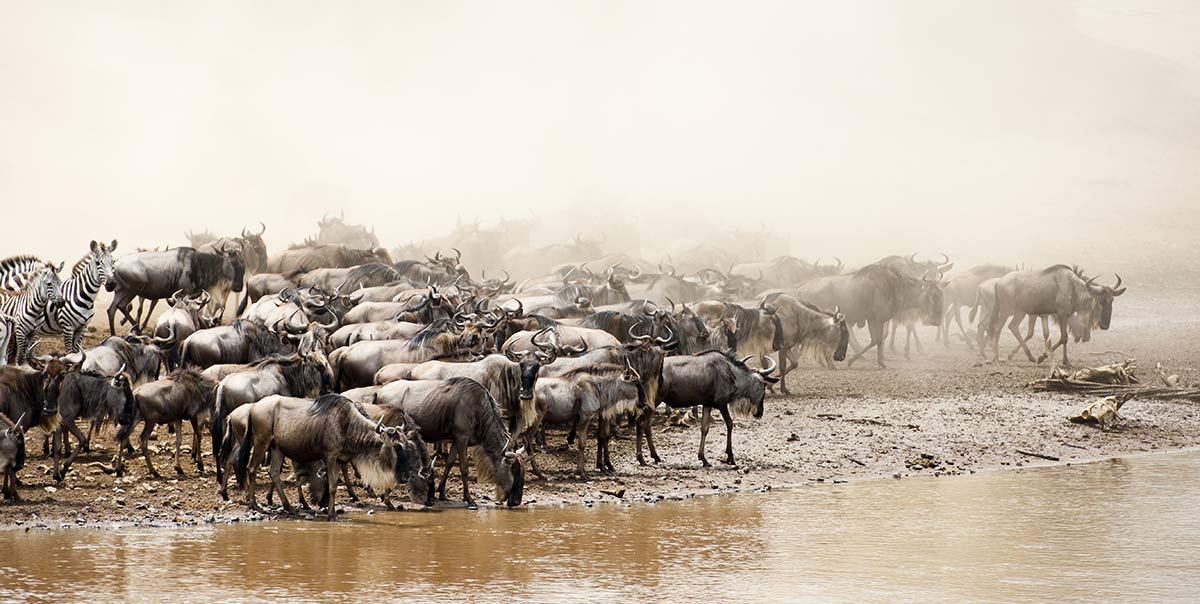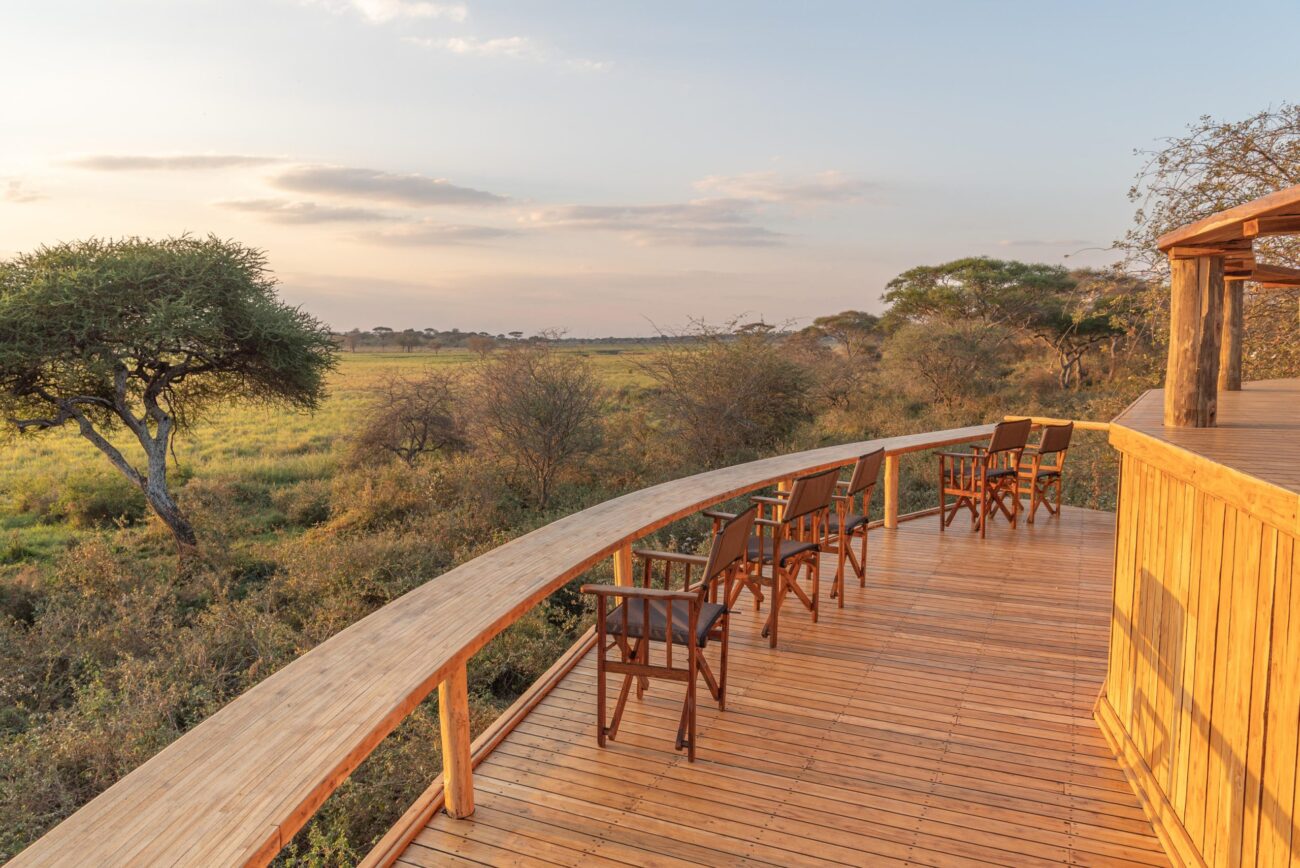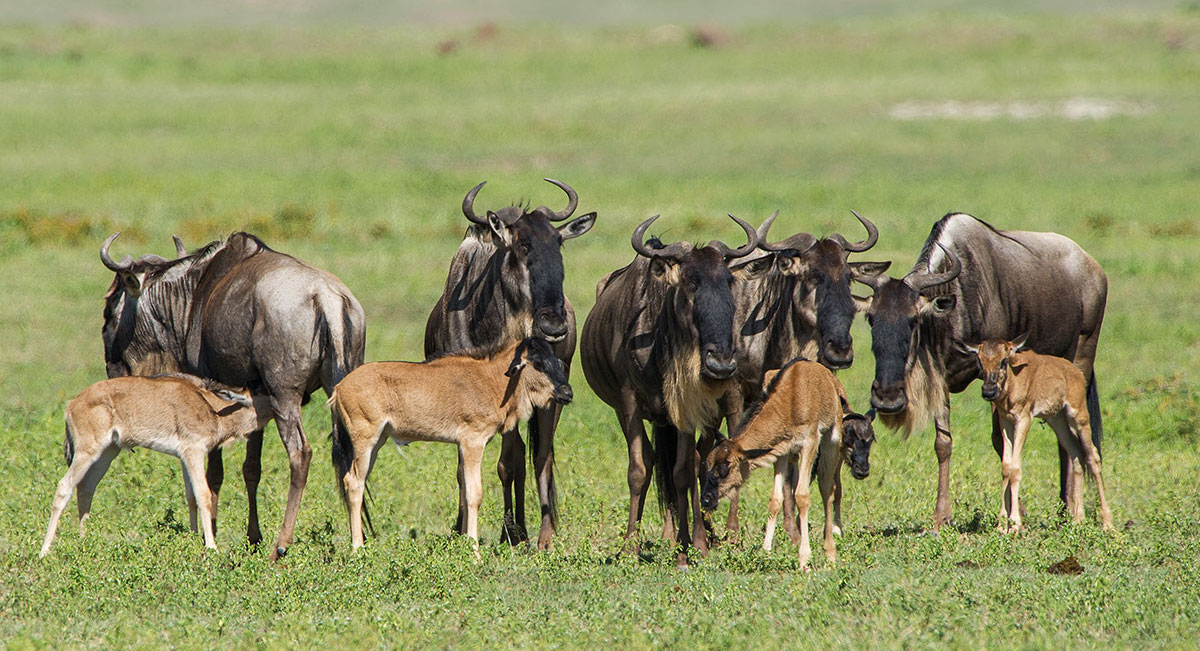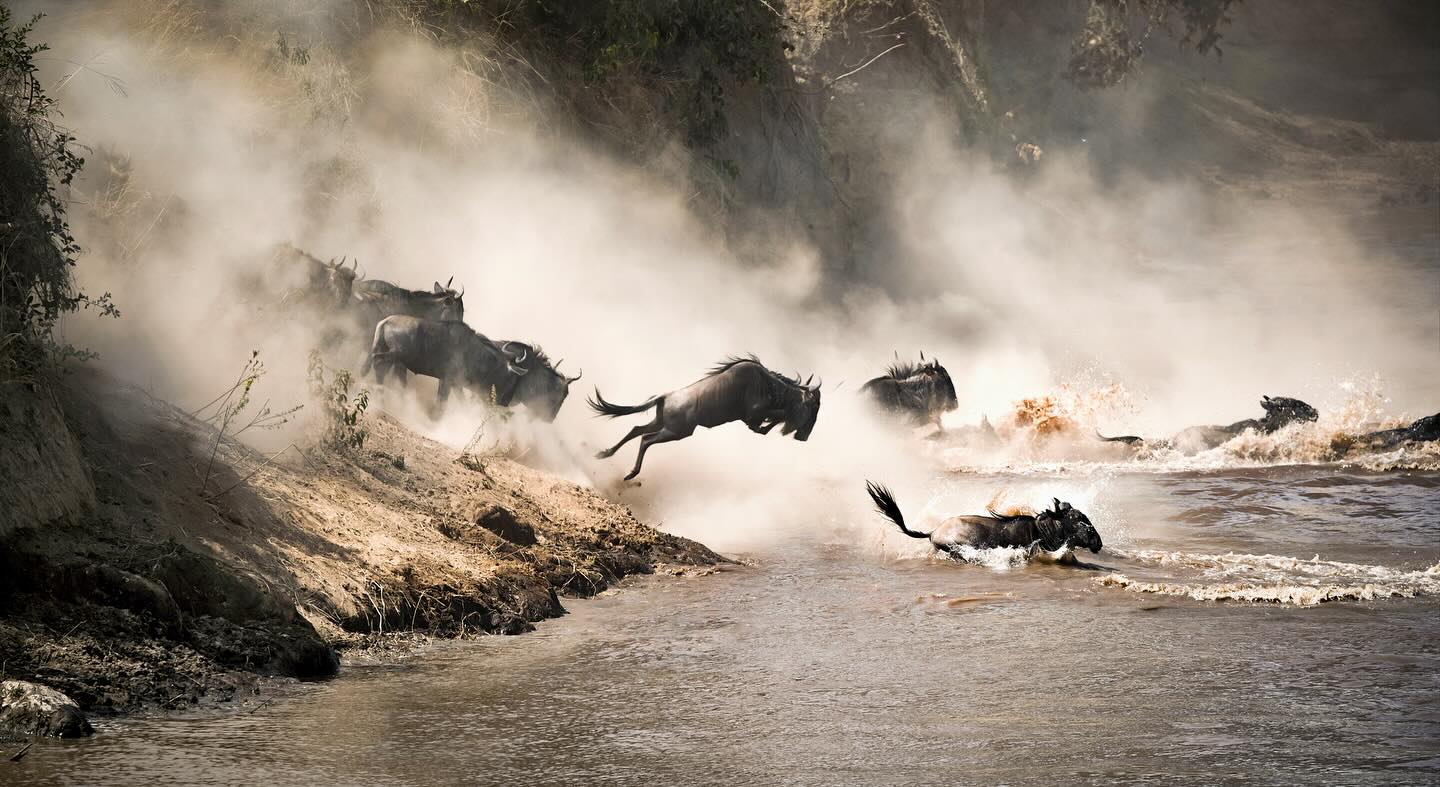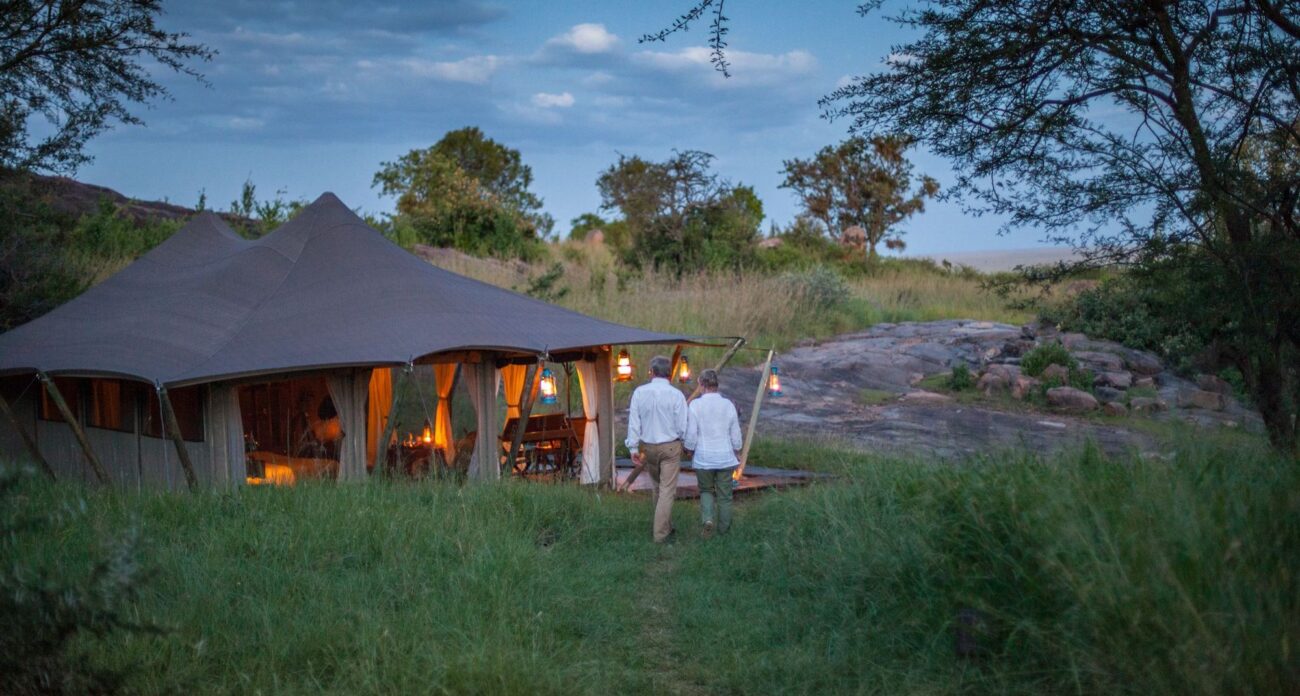Ngorongoro Crater
Ngorongoro Conservation Area is a pioneering experiment in many land use. The park is conserved for different purposes. It involves the integration of protection of wild nature and local people.
Where is Ngorongoro Crater?
The area is part of the Serengeti ecosystem. The northwest adjoins the Serengeti national park. And is contiguous to the southern plains of Serengeti.
These plains also extend to the north into the unprotected Loliondo division. This area is kept open for wildlife and pastoralists, especially Maasai people.
The south and west of the area are volcanic highlands. Including the famous Ngorongoro Crater and the lesser-known Empakaai Crater.
The southern and eastern boundaries are defined by the rim of the Rift valley wall. This wall plays a key role in preventing animal migration in this direction. Which also prevents animal migration in these directions.
What are the Attractions in Ngorongoro?
The main feature of the Ngorongoro Conservation Authority (NCAA) is the Ngorongoro Crater. Is the world’s largest inactive, intact and unfilled volcanic caldera.
Ngorongoro crater was created by a large volcano that exploded and collapsed on itself. About two to three million years ago and created 610 meters (2,000 feet) deep. And its floor covers 260 square kilometers (100 square miles).
Estimates of the height of the original volcano range from 4,500 to 5,800 meters (14,800 to 19,000 feet). It was higher than the peak of Mount Kilimanjaro which is 5895 meters.
The crater floor is 1,800 meters (5,900 feet) above sea level. The crater was voted by Seven Natural Wonders as one of the Seven Natural Wonders of Africa in 2012. The Ngorongoro volcano was active from about 2.45 to 2 million years ago.
Olmoti & Empakaai Crater
There are other features created as a result of this eruption includes. Olmoti and Empakaai crater, though they were so much smaller.
Why Ngorongoro Crater?
Natural Wonders of the world
Ngorongoro Crater is one of the Natural Wonders of the world. It’s an awesome natural sanctuary for large mammal species in the East African plain.
Home for Black Rhino
Ngorongoro crater remains a safe place for includes endangered Black Rhino. Is the only place in Tanzania where is easy to see Rhinos.
Not only home for Black Rhino but also predators headed by lions and hyenas is amazing in Ngorongoro.
Maasai People
Visit the Maasai people that migrated to Tanzania more than 300 years ago. Their unique nomadic lifestyle is very interesting to learn about. Ngorongoro crater is the only refuge for grazing and water for Maasai cattle.
Archeological sites
Ngorongoro acted as the platform for Archaeological research. This created a long sequence of evidence of human evolution and human-environment dynamics. Including early hominid footprints dating back 3.6 million years.
High Density of Wildlife
The density of wildlife inhabiting the area. The annual migration of wildebeest, zebra, and other animals into the northern plains. Is a wonderful experience in Ngorongoro crater.
Easy Access
Easy and fast accessible throughout the year, the park is 177 km from the town of Arusha.

